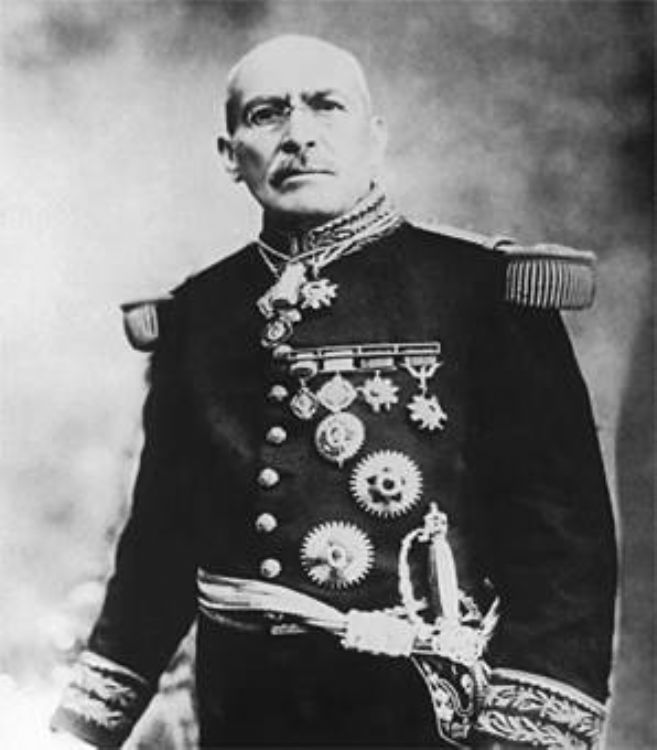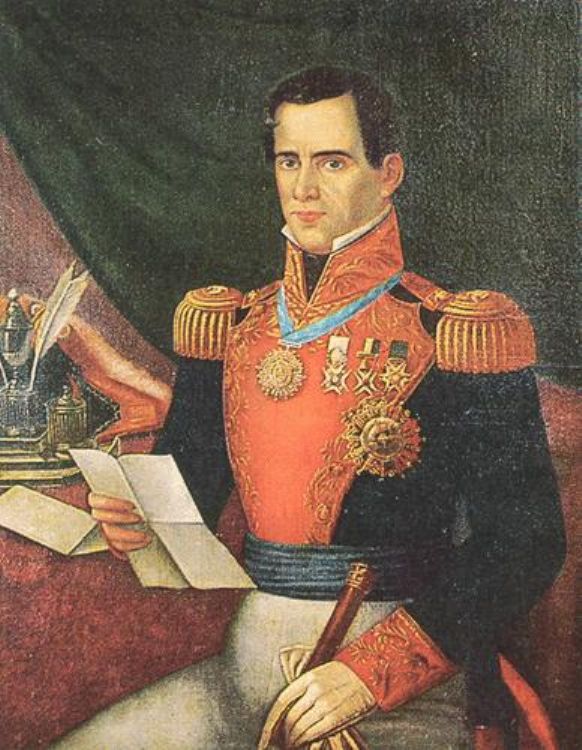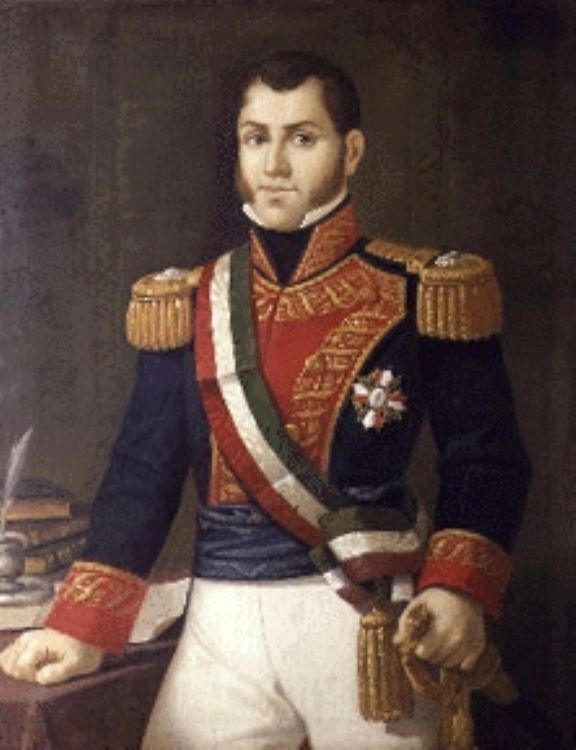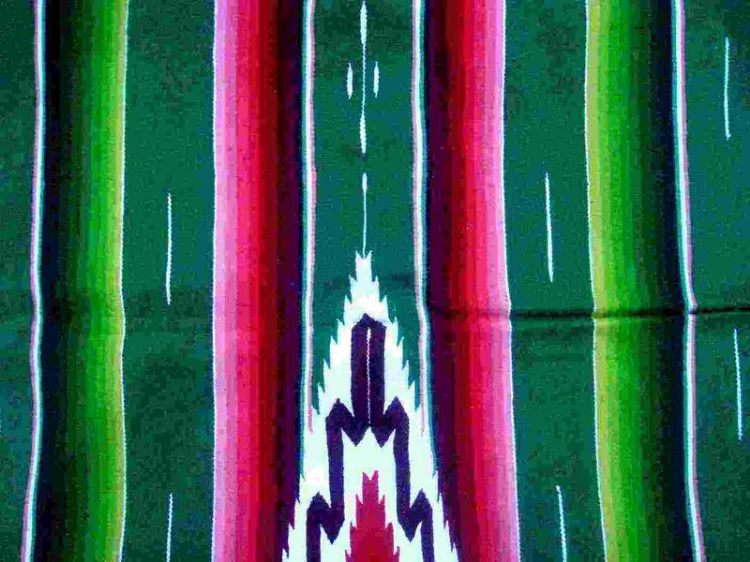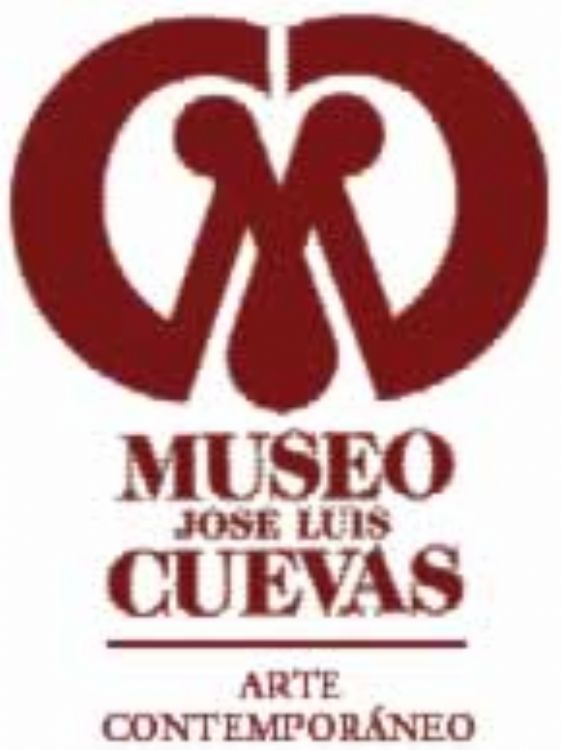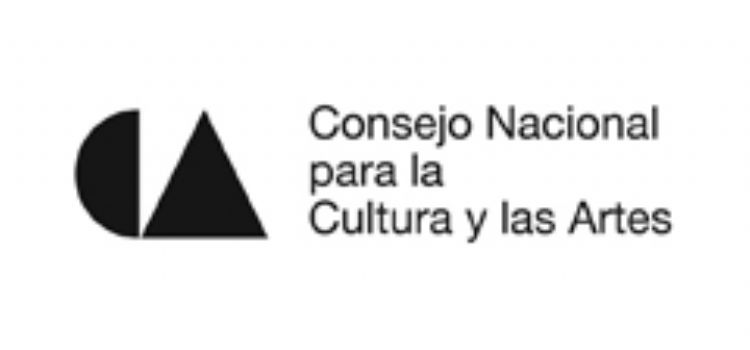Porfirio DÃaz
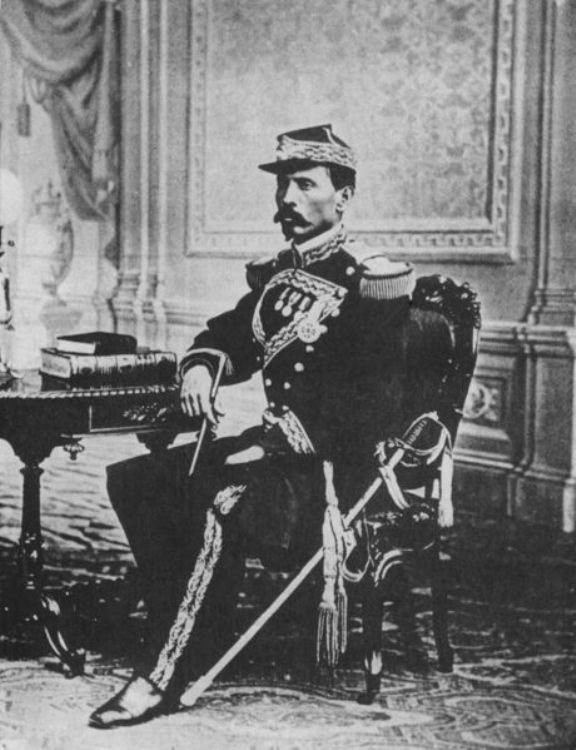
Porfirio Diaz was born on the 15th of September 1830 at Soledad Inn, Oaxaca. His father Faustino Diaz died when he was three years old. Ever since his first years of life, Porfirio Diaz got accustomed to living at the inn with the traveling soldiers and all classes of merchants, peddlers. Almost four years after his fatherâs death, the family had to sell the inn. His family moved to one of the houses they had inherited on the other side of the city, called La Toronja. Porfirio became a carpenterâs apprentice and started learning his first sentences and letters at La Amiga, a type of school where a lady taught children in exchange of a modest tuition.
When he turned six, he was sent to the public school of first letters and shared the classroom with a first generation of students born after the Independence. There were up to 150 students per classroom.
At fifteen he was sent to a seminary. It wasnât an exceptional decision; the Church was the only way a humble family could provide children with a good education. His enrollment was eased by his uncle and godfather, canon José Agustín Domínguez, a man of certain strength and prestige in the region. The family made a deal: Domínguez would finance Porfirioâs studies and promised to make him a chaplain on the condition that he studied at the Conciliatory Seminary of Oaxaca and became a priest.
During his adolescence there was effervescence in politics about territorial problems, the loss of most of the countryâs north and the territorial aspirations of other nations.
The students of Oaxaca, at the request of the seminaryâs leaders, officially offered their services to the State Governor, forming a National Guard battalion called Trujano, which logically, being a reserve and operating in a zone invaders in no way reached, never went out into the battlefield.
During this time he met Benito Juarez and started to get involved in the social and political problems of the era. Therefore, upon finishing school he had the conviction that his future was not in a cassock, but rather in military uniform. He then studied some more and enrolled in the army, in which he quickly became outstanding.
In 1876, protesting against the reelection of Benito Juarez and Lerdo de Tejada, General Porfirio Diaz promoted their destitution, according to the Plan de la Noria, and became president. Mexico no longer had, until 1911, another governor other than this anti-reelection general, who after coming into power repeatedly amended the Constitution of 1857 for remaining indefinitely, reelecting himself eleven times.
Porfirio Diaz came to power as President with a group of military men in charge of the government, giving preference to the military over civilians, because they better served his interest. During his first Presidential period, he proved his ideas of liberty and prosperity.
The first task of his mandate was to achieve the countryâs peace, which was going through continuous revolts, as the one of Tuxtepec, where the old and new liberals disputed power. Based on order, not freedom, was Diazâs first hidden goal, provisionally becoming President on the 15th of February, 1877. He became Constitutional President on the 5th of May.
He entered with the purpose of being a man âof sticks and commandâ. He especially desired to establish order and discipline, while winning the support of aristocrats. Between 1877 and 1880, he didnât know how to handle his cabinet. He often appointed and removed ministers. For six state ministries, he used 22 ministers in less than four years. He had seven Secretaries of Finance, for example.
After this first period, he started planning to the Presidency in the hands of his friend Manuel González. Peacefully, Manuel González became President on December 1st 1880, which he would later regain. Again as president, Porfirio Diaz turned Mexico into a great country imitating European trends, with great investments in communications and oil, henequen and mining enterprises.
One of the most criticized and often recognized acts of Diaz has been the contrast of the country he attempted; on the one hand there was an investment flow like never before, exports had increased more than ever, he had given order and peace to a country after a XIX century full of struggles and economic chaos. However, in exchange for this flow from foreign investors, Mexicoâs lower class, such as the workers, farmers, miners, peasants, and others, had sunk into poverty. It was a type of deal between Diaz and foreigners, as the people who handled private economy. He assured almost free labor, in exchange for a prosperous country.
Diaz allowed the municipal and state chiefs of the whole country to capture people as slaves, who they kidnapped and forced to work in the great henequen fields, oil wells and mines. They had to sign âcontractsâ that tied them for life. This system was called âto hookâ and didnât do anything other than offer free labor to the producers of oil, henequen and great industrialists. Hundreds of trains traveled throughout the country transporting peasants and natives from one place to another, where they were sold by policemen or people specialized in their capture and transport. They lived on only one daily ration of food consisting of atole, one tortilla, dough or a beverage to keep them awake.
On the other hand, the topic of prosperity, the country had a train system that was a great advantage for industrialization, an infrastructure permitting and increase of exports; but gave priority to part of the population; the rest lived in extreme poverty.
In the process of henequen, oil and other industries, businessmen made a deal with Diaz to provide labor, which as has been mentioned, was slavery. Laborers were âhiredâ and increased their daily debt to the local store, until literally owing their life, which they had to pay with 16 hours of work and one meal per day, and forced labor; decreasing the population at work centers like mines, fields and wells.
The North was a great provider of Seris, Yaquis and other natives, captured within their own reserves, transported by train to regions as far as the henequen fields of Yucatan and the Chiapas jungle for processing rubber. Additionally, they had already suffered under Porfirio the plundering of their lands, sometimes as expropriation and others by a simple presidential decree. In places with mining wealth, the population was excluded and the reserves were taken. Yaqui Indians suffered many humiliations during Porfirioâs era, even being exterminated by persecution and plundering policies carried out against them.
Mexico became an apparently prosperous nation but lacking political freedom, although there were periodic false elections with electoral frauds; with social justice, but in truth the gross of the population lacked rights, the small rural landowners had their land stolen in benefit of large estates; with also a strong dependency on foreign investment.
Besides the poverty status, some circumstances prompted the Revolution, some landowners that for long had been benefited by official dispositions, had their interests affected when part of their estates were expropriated, especially in the countryâs north. The estates of the north were different than those from the south because they had been assembled by military or wealthy men, or even farmers that once had the opportunity to prosper, therefore, they didnât mistreat their workers. During expropriations they handed over the rights of commercial exploitation, landowners and workers were against the government, and in the south, farmers had the opportunity to recover the landâs rights.
Porfirio Diaz had been allowing the opposition, knowing it wasnât threatening, and stating to journalist Creelman that Mexico was prepared to choose its political route, inferring he would leave power. The moment was right, thousands were dissatisfied, the economy was affected by a decrease in exports and liberal opposition groups presented their candidates for the following presidential election, but when the elections were invalidated and Diaz was again self-proclaimed president, he provoked the Mexican Revolution, with the fall of Juarez City in the hands of Villaâs troops, obligating him to quit his attempt and go into exile in Paris on the 2nd of July, 1915.
Click on the PLAY button to watch the Video.
Artículo Producido por el Equipo Editorial Explorando México.
Copyright Explorando México, Todos los Derechos Reservados.

